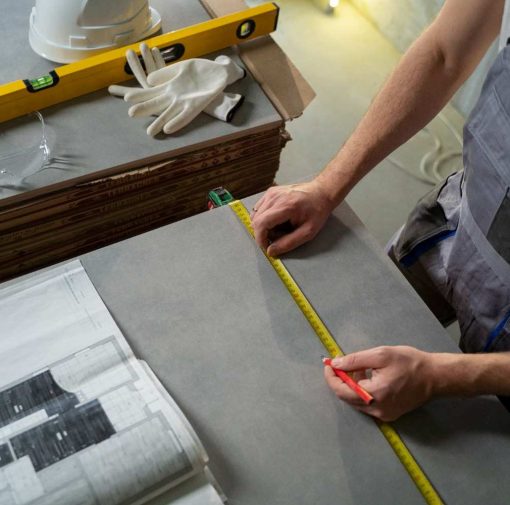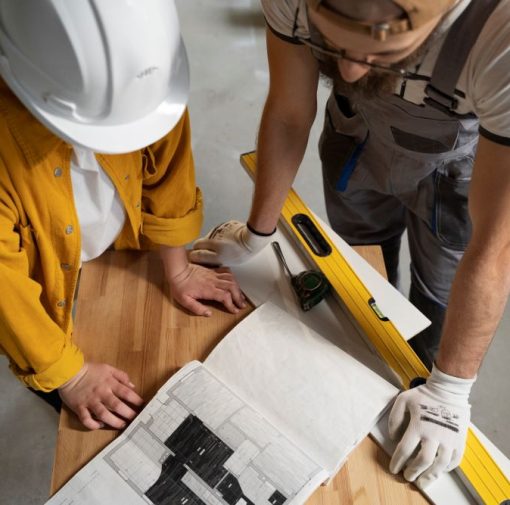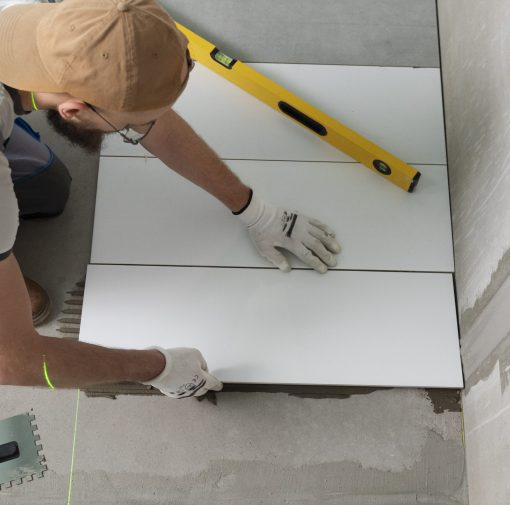
Flooring Estimator: A Complete Guide for Homeowners and Contractors
Budgeting for supplies, labor, and installation is one of the most difficult aspects of planning a building or remodeling project. A flooring estimator becomes a crucial tool in this situation. It will save your time and money when estimating costs, whether you’re a contractor overseeing a major project or a homeowner remodeling your living area.
We’ll look at flooring estimators’ advantages, methods of operation, and ways to make project planning easier in this guide. To help you get the most out of this useful tool, we’ll also address some frequently asked questions.
What is a Flooring Estimator?



A digital or manual tool used to determine the cost of flooring projects is called a flooring estimate. It considers the size of the space, the type of flooring, the cost of installation, and extra costs such as underlayment, adhesives, or removing outdated flooring.
For example, the calculator can provide a breakdown of expenses per square foot if you’re thinking about hardwood, tile, laminate, or carpet. This enables you to evaluate flooring possibilities and come to well-informed, cost-effective decisions.
Why Use a Flooring Estimator?
Any project must have an accurate budget. A flooring estimator is beneficial in a number of ways.
- Cost transparency shows all project costs, from starting materials to completion.
- Time Efficiency: You can save hours of manual labor by automating computations.
- Budget control helps you make decisions that are in line with your financial constraints and avoids overspending.
- Material planning minimizes waste by ensuring that you buy the appropriate quantity of flooring.
- Project Confidence: Knowing that the estimates are accurate allows contractors and homeowners to plan with assurance.
Key Factors to Consider
The following factors affect the final cost when using a flooring estimating services:
- Type of Flooring Material: The price per square foot varies for tile, hardwood, vinyl, laminate, and carpet.
- Room Dimensions: The basis for estimating costs is square footage.
- Labor Costs: Although professional installation is more expensive, it guarantees high-quality outcomes.
- Additional Materials: trimmings, grout, adhesives, and underlayment.
- Removal of Old Flooring: If demolition or disposal is necessary, costs may go up.
The flooring calculator determines the approximate cost of your job by examining these variables.

Flooring Estimator vs. Manual Calculations
Although you can manually calculate the square footage and multiply it by the cost of flooring, this approach frequently ignores unstated expenditures. In contrast, flooring estimating services incorporates factors like as regional pricing variations, waste percentages, and installation costs.
For example, grout and sealer costs, which are sometimes overlooked in manual calculations, may be included in a tile installation estimate produced by a flooring estimator. For both professional contractors and do-it-yourself homeowners, this increases the estimator’s dependability.
The Role of Flooring Estimators in Budgeting
There is more to flooring project budgeting than just numbers. The goal is to avoid surprises by developing a realistic financial plan.
- You may compare the cost of flooring for various materials per square foot by using a flooring estimator.
- gives information about the whole project cost prior to making purchases.
- avoids purchasing flooring materials in excess or insufficiently.
Homeowners can rest easy knowing this. By providing clear and precise project estimates, it helps contractors gain the trust of their clients.

How to Choose the Best Flooring Estimation Tool
- Tools for flooring estimation: free versus paid
- Professional software versus online calculators
- Important characteristics to consider (accuracy, customisation, and usability)
- Advice for homeowners as opposed to contractors
We are Certified Estimation company in USA










FAQs
1. What is a flooring estimator and how does it work?
A flooring estimator is a tool that calculates the total cost of a flooring project. It uses square footage, material type, labor rates, and additional expenses to give a clear cost breakdown.
2. How do I calculate flooring costs per square foot?
To calculate flooring costs per square foot manually, measure the room, multiply length by width, and then multiply by the flooring cost per square foot. However, a flooring estimator simplifies this by including labor and extra materials.
3. Is a flooring estimator accurate for different types of flooring?
Yes. it is designed to adapt to various flooring types, including hardwood, vinyl, laminate, carpet, and tile. It accounts for unique installation requirements and material costs.
4. Can I use a flooring estimator for DIY projects?
Absolutely. Many homeowners use flooring estimators to budget DIY projects. While it won’t account for personal skill level, it will still provide a solid cost framework for purchasing materials.
5. Do flooring estimators include hidden costs?
Most advanced flooring estimators factor in extras like adhesives, trims, or removal of old flooring. However, always double-check and add any unique project needs manually.
Final Thoughts
For anyone starting a flooring project, a flooring estimator is a trustworthy planning tool that is more than just a calculator. It enables contractors to provide clear estimates and homeowners to properly budget by offering precise cost breakdowns and saving time.
Using a flooring estimator guarantees that your project stays on schedule, both financially and logistically, whether you’re figuring out flooring prices per square foot for a single room or budgeting for a large-scale remodel.
